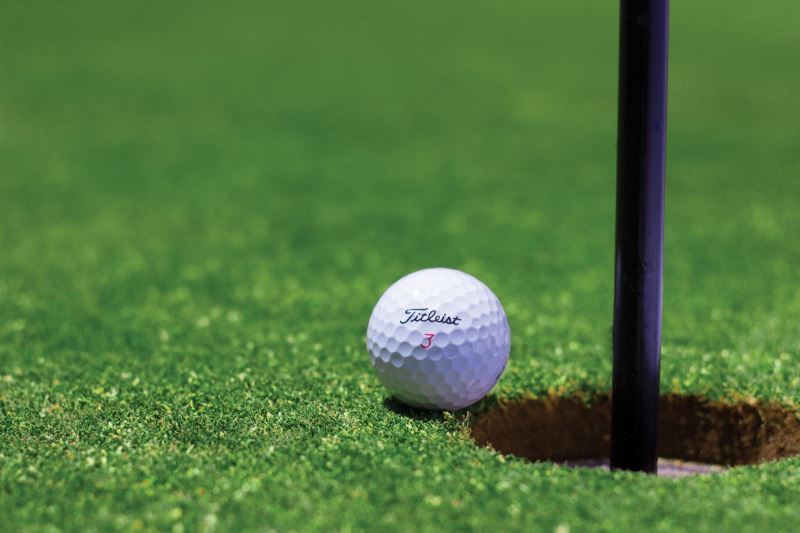
Fit Fore Golf
Fit Fore Golf
Below I have listed 6 areas that you can address to decrease your chances of injury this season.
1. Always maintain an off-season strength, flexibility and cardiovascular program. Maintaining conditioning throughout the winter provides you with a strong foundation to start the spring. This is also the time of year that you can build up strength in the key golf muscles to help you hit the ball that extra 15-20 yards.
2. Break yourself in slowly at the beginning of the season. Your body isn’t ready to hit 2 large buckets of balls your first time out. Start with hitting a small bucket and build up from there. Also be aware of trying to practice your driver too much too early. It is the longest club in your bag and usually encourages the hardest swing. Not what you need to do after a winter lay off.
3. Perform a warm up and stretch before practicing or playing. Ideally, you would like to increase the temperature of your muscles before stretching. This could be a brisk walk around the parking lot or running on the spot for five minutes. Afterwards, spend five to ten minutes stretching your spine and extremity muscles.
4. Take lessons from a qualified Pro this year to improve technique. It has been shown that professional golfers actually put less stress on their body during a single swing than amateurs because they possess better technique.
5. Use good equipment. Depending on your age and strength certain types of clubs may be easier on your body. For instance, graphite shafts produce less vibration, which helps dampen the forces that cause some of the overuse injuries of the upper extremities. Equipment also refers to good shoes, gloves and protection from the sun.
6. Don’t neglect aches and pains in the early stage. All too often we think that injuries will go away by themselves. Sometimes aches and pains are normal and do go away but if icing the sore area and a few days of rest doesn’t get rid of your pain, you should consider seeing a health care professional.
I hope you have a great golf season and by implementing some of my tips stay injury free.

Jay is a graduate of the University of British Columbia’s School of Rehabilitation Medicine class of 1994. He spent five years working in the United States in various Sports and Orthopaedic settings, and as a member of Health Volunteers Overseas taught and practiced Physiotherapy in South Africa and the West Indies during the mid- to late nineties.
